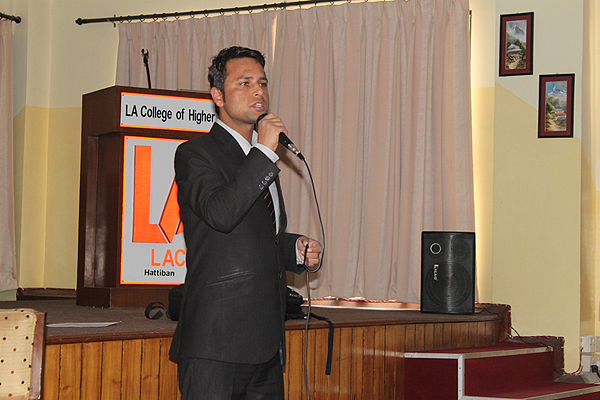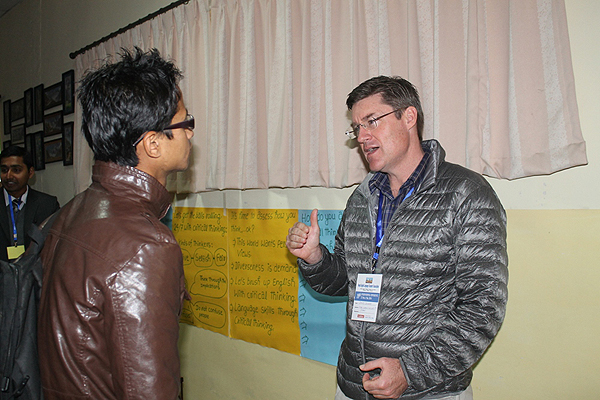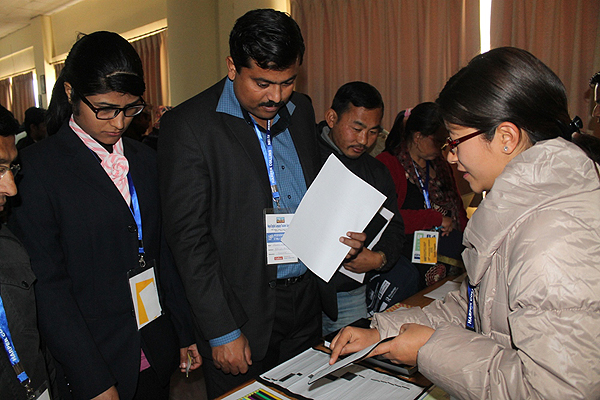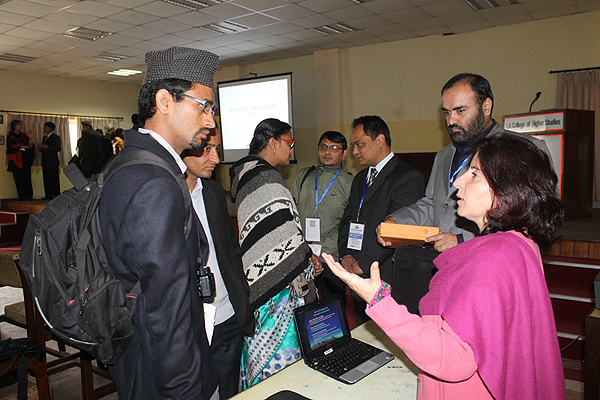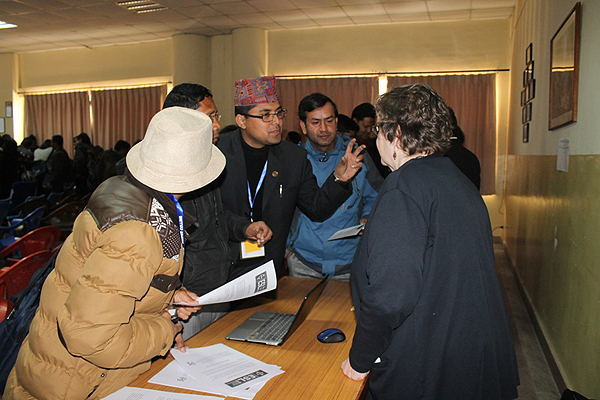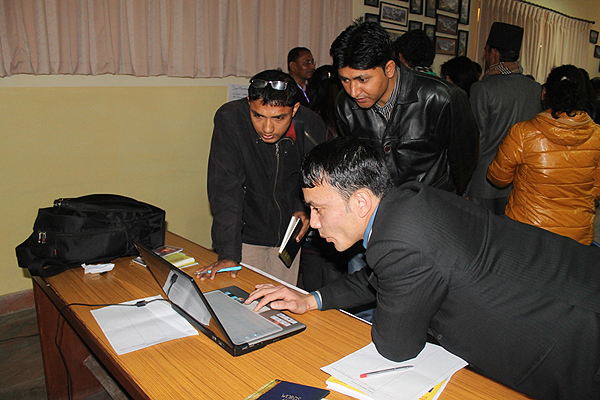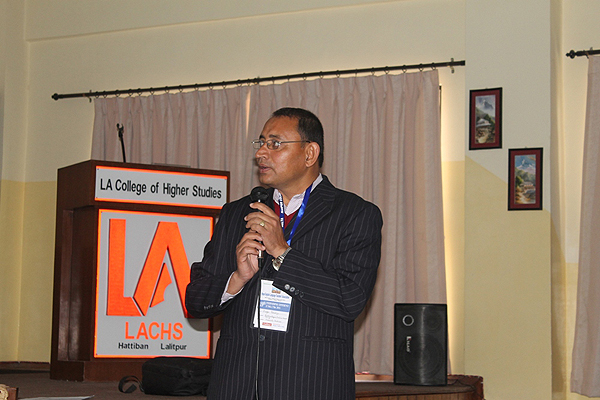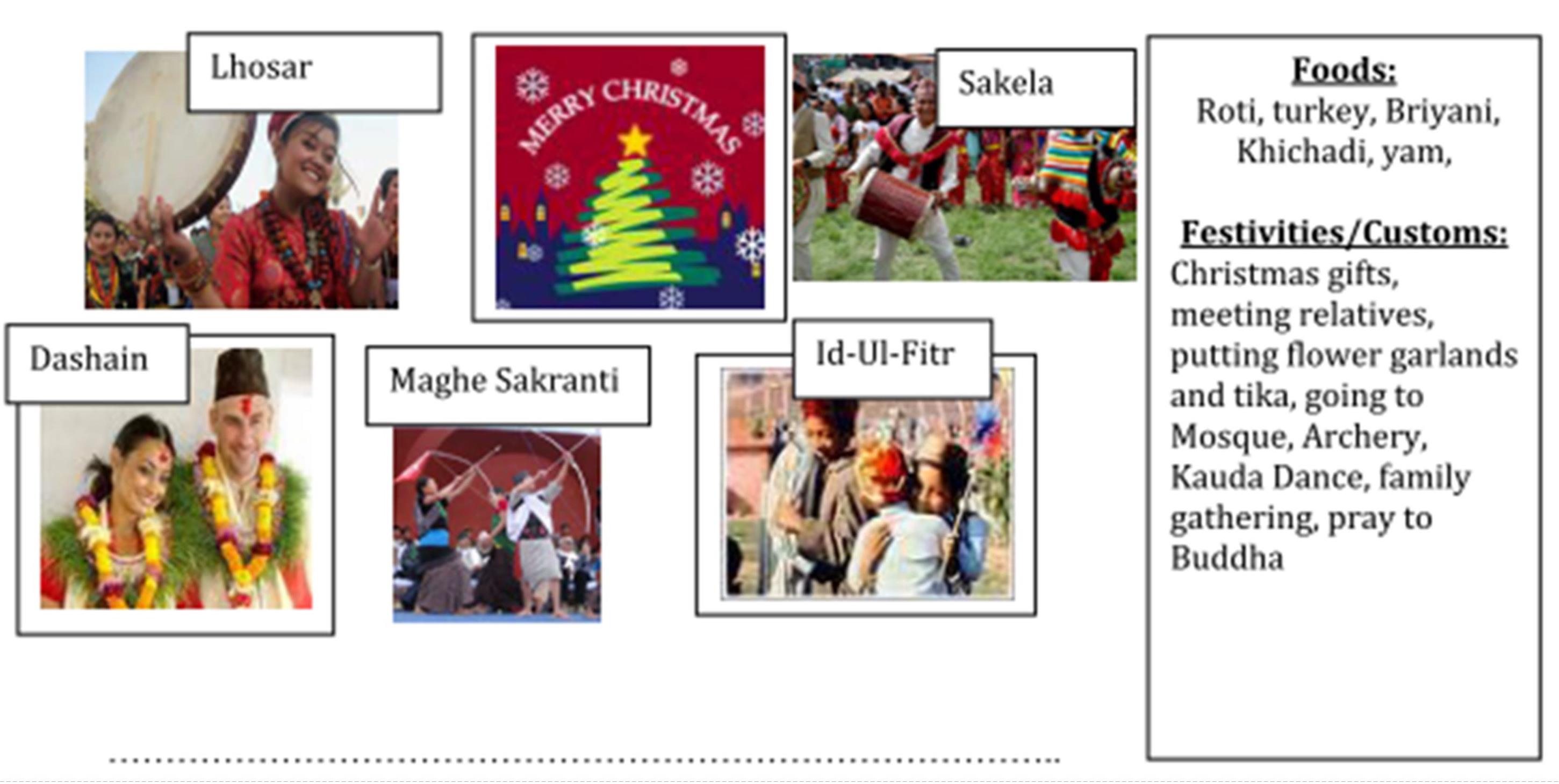
Access to mobile phones are quite common in Nepal at the moment. It is even more common for teachers- both in the towns and remote areas. According to the Management Information system (MIS) report of Nepal Telecommunications Authority (mid-April, 2015), 90.4 percent of total population in the country have access to mobile service. Mobile phones are basically used for communication. Besides communication, it is used for taking photos and videos, listening to radio and music, watching videos even TVs, doing calculation, recording audios, flash light, playing games, surfing internet and even used as a mirror! This device has replaced some of other devices because of its multi-functional uses.
The use of mobile phone is widely discussed in classroom teaching learning in literature. Along with the advancement of technology, the features available in the mobile phones have assisted in teaching learning in classroom. The device seems to be an integral part of our lives. People can avoid their food but cannot avoid the mobile phone in the present context! The device is assisting both teachers and students in many ways in teaching learning. On the other hand, some people believe that mobile phones should not be allowed in the classroom both for teachers and students. They argue that it distracts them from teaching learning. As we cannot avoid it in our day to day lives now, we also need to look for creative ways of using it in schools. We can use it appropriately in schools and show students the proper use of the device and encourage them to use it appropriately and properly.
In the subsequent topic I discuss the use of mobile phones in ELT classroom with reference to the teachers’ practice of mobile phones in the remote schools of Solukhumbu.
Discussions
Solukhumbu is located in Northern part of Nepal, which is in the geographically challenging landscape. Roadways are difficult here. So is the case of communication. There is no proper access of telephone in some places of the district. However, teachers use mobile phones not only for communication but also in teaching learning in the classrooms. In a training for English teachers in Solukhumbu, I talked with teachers on how they have been using mobile phones in English classes. One of the teachers, D. L. Shah (pseudonym) said:
We use mobile phones for dictionary, songs, teaching chants through audio visuals and teaching listening.
It shows that the teachers can use the mobile phones both for themselves and students. They use the device for teaching language through songs and chants. The authentic audio and the language used in them is good exposure for children to learn language. Likewise, the video facility makes presentation of chants and songs even more special for children. On the other hand, teachers use it for teaching listening, which is one of the effective use of the device. Mobile phone is very easy device for teaching listening. Listening can be done in two different ways. First, we can store the authentic listening materials in the device, design some tasks and use the audio. Likewise, if such audios are not possible, we can also record the audio ourselves or by the help of our colleagues or even students and use in the class. This can bring variety in the classes. While interacting with primary level teachers, it is found that they generally skip or do the least, the listening activities in the textbook or while the curriculum gives more emphasis on listening in this level. Curriculum has allocated 40% of total activities of class one in listening, 35% in class two, 30% in class three, 25% in class four and five. Use of mobile phones can bridge this gap. Not only for students, the device is also serving as a resource bank for teachers’ professional development. Like, Shah uses the device for dictionary. Teachers can install dictionary in their smart phones (even in simple phones) and use it for searching the meaning of word, pronunciation, spelling, parts of speech, synonyms/antonyms and the use of the words. Talking about the use of it as a resource bank another teacher, Arjun Thapa said:
We use it to see teaching resources like curriculum and teachers guide in PDF form and also play games with children on the phones for entertainment.
It further explores another avenue of the use of mobile phones. The device can also help them to collect the resources, store and use whenever required. The resources like curriculum, teachers guide and books are available free of cost through curriculum development centre Nepal (there is even apps for smartphones). This saves both their money and time. It shows the device is proved to be equally useful for reading too. On the other hand, if there is access to internet, we can have the abundant knowledge in our fingertip and the mobile phone has made it even easier to access. Some of the useful site for teachers can be Wikipedia, teaching channel, British Council etc. Likewise, as Thapa mentioned, the device can also be used for entertainment with students. Not merely entertainment, there are apps that give both teachers and children education and entertainment. Badal Basnet, a young teacher added this very benefit as follows:
We can teach grammar using mobile phones e.g. grammar apps to practice on different topics, show the pictures for vocabulary.
Basnet focuses on use of the device in teaching grammar and vocabulary. There are several English grammar apps, which are useful for both teachers and students. For even junior students, we can use the grammar apps to design the language presentation and practice activities. If the number of student is less, we can even use the apps to practice the language items in groups. Another very important use of this device as stated by Basnet is the use of pictures to present vocabulary. Pictures are very useful to present vocabulary, which is especially useful for the beginners. We can use the camera of the device to click the pictures of animals, birds, persons, things, fruit, vegetables, plants and so on and use them to teach vocabulary. In the same way, there are pictorial apps to teach vocabulary. Adding another technique of teaching vocabulary using the device another teacher, Jitendra KC said:
We can record the sounds of animals and play for teaching vocabulary. Likewise, it can also be used to take photos of objects, animals and person, and generate talks.
Opening another avenue KC shared how we can record the sounds of animals available in his surrounding and use in teaching vocabulary. One of the most used features of the mobile phones these days is the camera and hence it is very common to have real life photos in our device. KC thought of using them to generate talks. Photos are very useful for teaching speaking. We can show a photo to students and generate simple to high level discourse. Photos can be used to practice wh and yes/no questions. Teachers can show a photo and encourage students to ask questions like, where did you take the photo? Who/what are/is in the photo? Did you take it in Tihar? Etc. In the same way, the same photo can be used to generate conversation of students. Students can talk about the photo with each other. On the other hand, the same photo can be used for teaching writing- a wide range of writing skills from words to paragraphs. After having the talks and conversation about the photo, we can now ask student to write few words or sentence or small paragraph about the same. In fact, the device can assist us to provide input for students to generate outputs. It also can help to minimize the use of other resources.
Conclusion
Mobile phone is a new digital resource and material. It contains variety of resources and yet handy to use. We can use this device to teach all four skills and the aspects like grammar and vocabulary in ELT. Not only in ELT, this device can be used in teaching other subjects too. It is useful both for teachers and students- especially senior students. Although there can be some threats of using mobiles, there are multiple advantages of using this device in classroom teaching learning. In fact, using mobile phone in classroom teaching learning is an opportunity for new generations to teach the proper and appropriate use of the device.
Jeevan Karki is an editor with ELT Choutari.










